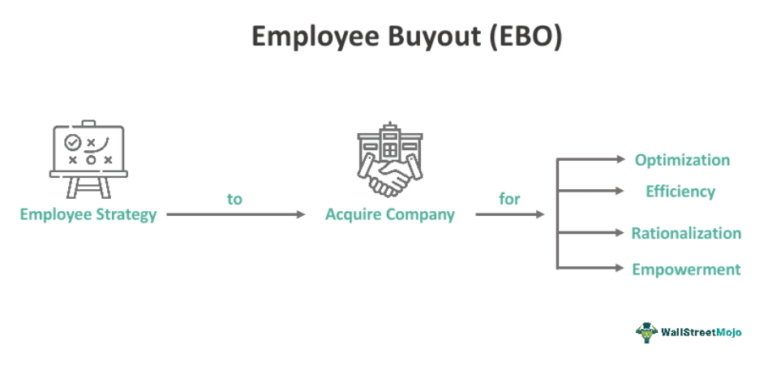
Audience
- Sentiment: Neutral
- Political Group: Conservative
- Age Group: 25-54
- Gender: Male
Overview
- President Trump’s tariffs on steel and aluminum aim to protect American jobs, potentially raising costs for consumers.
- European and Canadian leaders are responding with potential retaliatory tariffs, which could lead to increased prices for American products abroad.
- The long-term effects of tariffs may stifle innovation and competition in the global market, affecting economic growth.
Understanding Trade Tariffs: Why Europe’s and Canada’s Leaders Are Responding to Trump’s Steel and Aluminum Tariffs
In a world that is becoming increasingly connected through trade, international relations can sometimes feel like a delicate dance. Recently, a significant step in this dance has brought the United States into a heated debate with its allies, particularly in Europe and Canada. President Donald Trump announced a 25% tariff on steel and aluminum imports, which means that American manufacturers and consumers may soon face higher prices for these crucial metals. But what does this mean for the countries involved and for the average person? Let’s break it down together.
What Are Tariffs?
To begin with, let’s clarify what a tariff is. A tariff is basically a tax that countries impose on goods imported from other nations. Imagine you go to buy a video game, but there’s an extra charge on it because it was made overseas. Similarly, when the U.S. government slaps a 25% tariff on foreign steel and aluminum, it means that American companies will have to pay more if they want to import these materials. This can significantly affect a lot of industries because steel and aluminum are essential components used in everything from cars to soda cans.
The U.S. Perspective: Protecting American Jobs
President Trump’s administration argues that these tariffs are meant to protect jobs in the U.S. steel and aluminum industries. They believe that by making it more expensive for companies to buy these metals from other countries, American manufacturers will be encouraged to produce more steel and aluminum domestically. This is supposed to keep jobs in America and reduce dependence on foreign supplies. Some supporters argue that this is a way to strengthen the economy by ensuring that Americans are the ones manufacturing essential products.
Think about it this way: it’s like if a local bakery started charging more for pies than the supermarket, but the supermarket’s pies were coming from out of state. If you really loved the local pies and wanted to support that bakery, you might bite the bullet and pay the extra money. But here’s the catch: when you start paying more for pies at the local bakery, you might also find that other local goods become more expensive because the costs of ingredients, like aluminum foil for pie trays, have gone up as well.
What Are Europe’s and Canada’s Leaders Saying?
In response to Trump’s tariffs, European Commission President Ursula von der Leyen and Canadian Prime Minister Justin Trudeau have both stepped up to defend their industries. They’ve expressed that they are ready to impose their own tariffs in retaliation. This could mean that if you’re in Europe or Canada, you might soon be facing higher prices for American products.
Imagine you typically buy American-made sneakers; if those sneakers suddenly become more expensive in your country because your government decided to retaliate against the U.S. tariffs, you might have to choose between paying more or switching to a different brand. This sort of domino effect becomes a common concern during trade tensions.
What Does It Mean for Consumers?
These tariffs aren’t just numbers that seem abstract—they have real implications for everyday consumers. For example, the U.S. automotive industry relies heavily on steel and aluminum to make cars. If car manufacturers face higher costs importing these materials, they might raise the prices of the vehicles they produce. This could impact everyone who wants to buy a new car.
Historically, when tariffs have been imposed, businesses bill those costs directly to consumers. So, while Trump’s team might see this as a win for American workers in the steel and aluminum industries, it could also lead to job losses in other sectors, such as automotive or construction, where manufacturers might struggle with increased costs and either reduce workers or raise prices.
Long-Term Effects and Concerns
While the immediate impact of these tariffs is palpable, many analysts question how effective they will be in the long run. The last thing anyone wants is to spark a trade war—an escalating series of retaliatory tariffs that could end up hurting economies on both sides. This scenario is reminiscent of past trade disputes that started with one country imposing tariffs only to see the situation spiral into a back-and-forth of penalties and retaliations.
The fear here is that such a trade war could make goods more expensive for consumers across the board, resulting in tighter budgets and reduced spending. If you were planning to save up for a new phone or game console, the sudden increase in prices might make you think twice about whether you can afford it after all.
Understanding the Global Market
The situation involving these tariffs also raises questions about the global market. In today’s interconnected economy, every action can lead to a reaction. If countries start putting tariffs on each other’s products, it can stifle innovation and decrease competition, which is often what leads to lower prices and better products. When countries are focused on protecting their own interests through tariffs, they might lose sight of the collaborative efforts that help economies grow.
Consider this: when companies trade freely without tariffs, they tend to invest more because they can expect a stable market. However, with tariffs in place, the uncertainty grows. Manufacturers may hesitate to expand their operations or invest in innovation due to the unpredictability of the costs associated with overseas imports. This uncertainty can lead to stagnation in growth, and ultimately, fewer jobs over time.
Conclusion
As we can see, President Trump’s decision to impose tariffs on steel and aluminum imports has sparked a complex debate that involves economic strategies, international relations, and the daily lives of individuals around the world. While the aim may be to protect American jobs, the broader implications—higher prices, possible retaliatory actions from other countries, and the overall health of the global market—are worth considering.
Now that we’ve unpacked this issue, we would love to hear your thoughts! Do you think that trade tariffs can genuinely protect American jobs, or do you believe they create more problems than they solve? Please leave your comments below!





